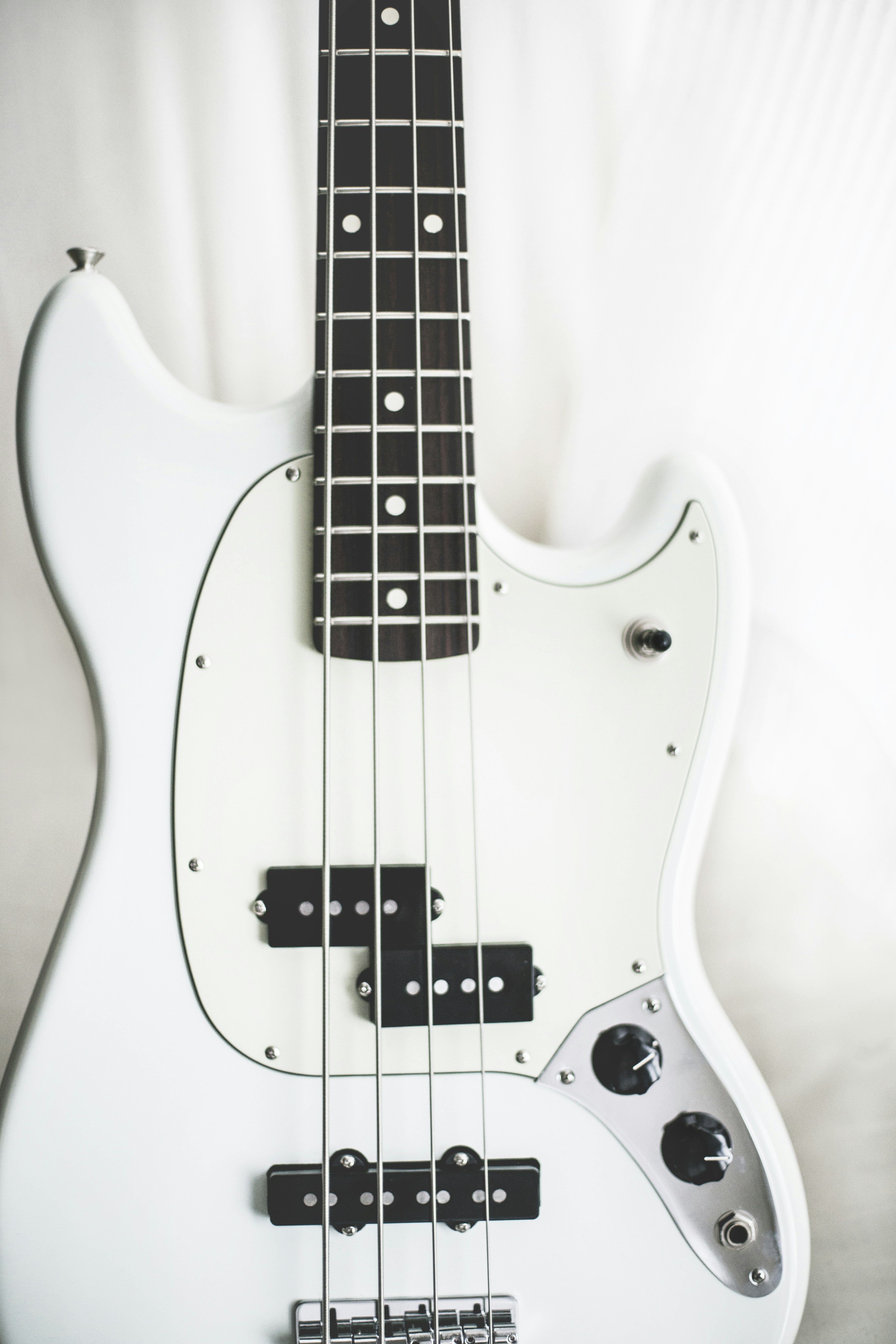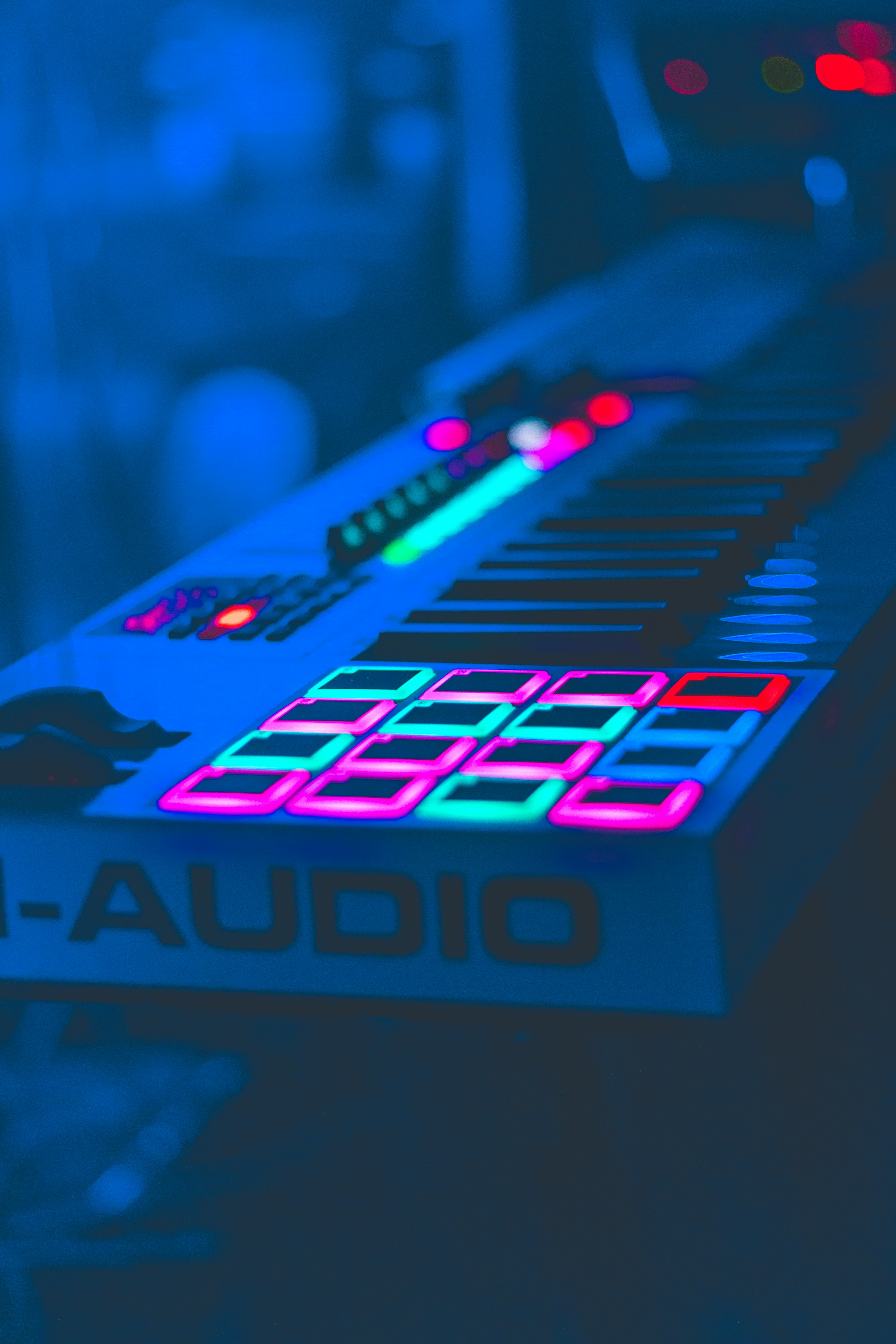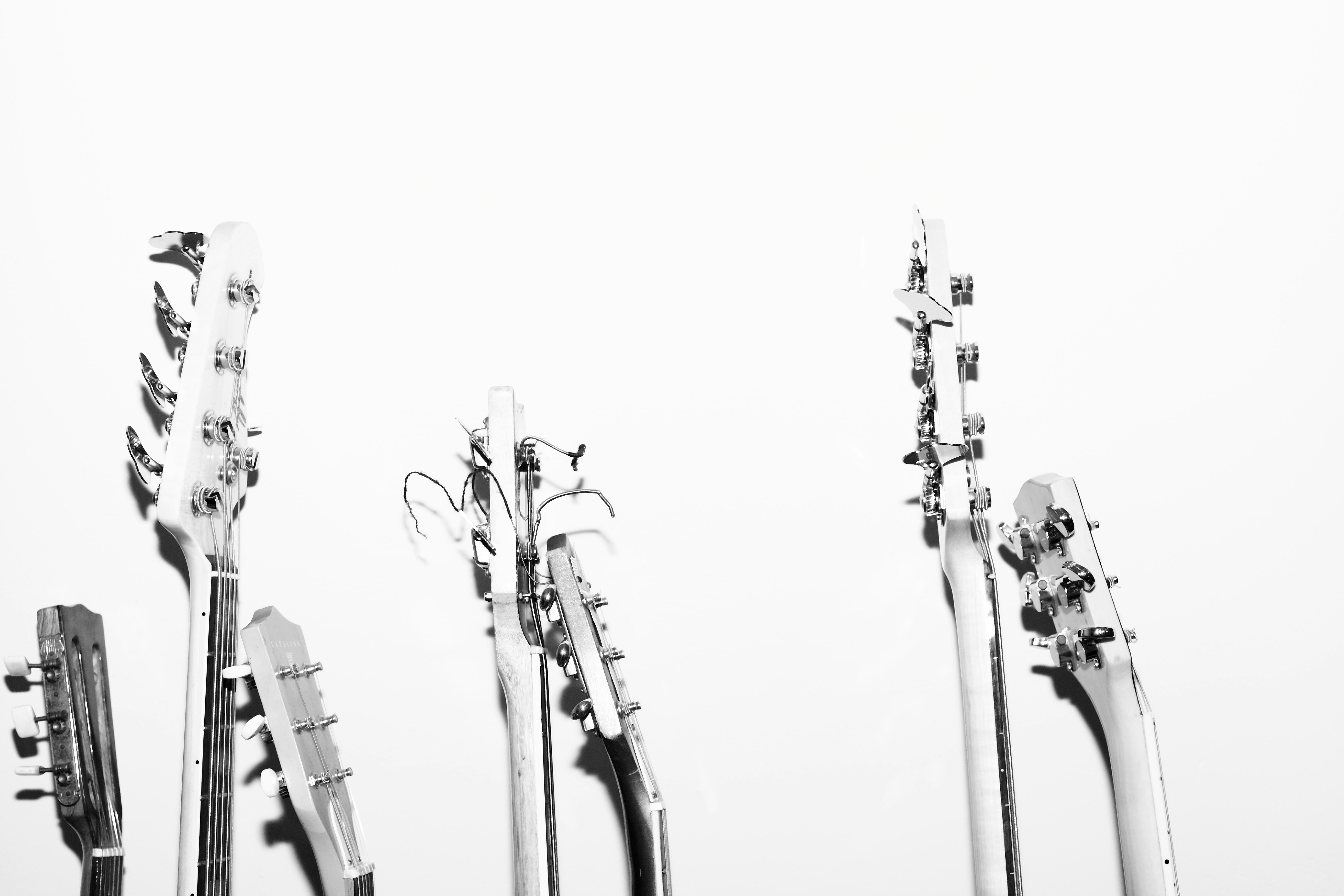Decoding the Hidden Language of Playlist Sharing
Published on October 15, 2024
Decoding the Hidden Language of Playlist Sharing

In the digital age, where face-to-face conversations are increasingly rare, teenagers have found a unique way to express their emotions and connect with others - through shared playlists. This seemingly simple act of curating and sharing music has become a powerful form of non-verbal communication, allowing teens to convey complex feelings and experiences without uttering a single word.
The Emotional Soundtrack
Think of a shared playlist as an emotional soundtrack. Each song is carefully chosen to represent a specific mood, memory, or message. A upbeat pop song might signify happiness or excitement, while a melancholic ballad could express sadness or longing. By crafting these musical narratives, teens are essentially creating a diary of their inner world, inviting others to understand them on a deeper level.
Bridging Generational Gaps
Interestingly, this form of communication isn't just limited to peer-to-peer interactions. Many teenagers are using shared playlists as a way to connect with their parents and other family members. By sharing their musical tastes, they're offering a window into their world, helping to bridge the often-challenging generational gap.
The Psychology Behind the Beat
Research has shown that music has a profound impact on our emotions and can even influence our behavior. When we listen to music that resonates with us, our brains release dopamine - the same chemical associated with pleasure and reward. By sharing playlists, teens are essentially sharing these positive experiences, creating a sense of connection and understanding.
Decoding the Playlist
For parents and caregivers, learning to "read" these musical messages can be invaluable. Here are a few tips:
- Pay attention to the overall mood of the playlist. Is it mostly upbeat, or does it lean towards more somber tones?
- Look for patterns in the lyrics. Are there recurring themes or messages?
- Notice any changes in the types of music being shared. A sudden shift could indicate a change in mood or life circumstances.
- Don't judge. Remember, this is a form of self-expression. Approach it with curiosity and openness.
The Future of Musical Communication
As technology continues to evolve, so too will the ways we use music to connect. AI-powered tools are already being developed to analyze playlists and provide insights into the creator's emotional state. While these tools can be helpful, it's important to remember that human connection and understanding should always be at the core of our interactions.
Understanding the language of shared playlists can open up new avenues for communication and connection, especially in families where traditional conversations might be challenging. By tuning into this musical dialogue, we can create harmony in our relationships and better understand the complex emotional landscapes of those around us.
If you're looking for more ways to improve communication and strengthen family bonds, consider trying Thinker, an AI-powered tool designed to enhance relationships and promote mental well-being.


